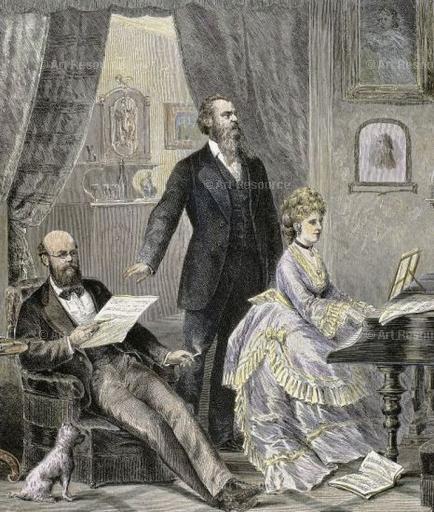Today is the feast of the Annunciation. The Gospel story of an encounter between an angel and a peasant girl in ancient Judea has provided us with a treasury of luminous depictions. Much as I love the inventory of them as works of art, only one draws me to wonder and to prayer. The essential commitments of faith do not begin in intellectual assent. That comes later. Intellect ratifies what the heart has already glimpsed. And the eye grasps certain things in an instant; the mind takes longer to grant approval to reasoned argument. Continue Reading




